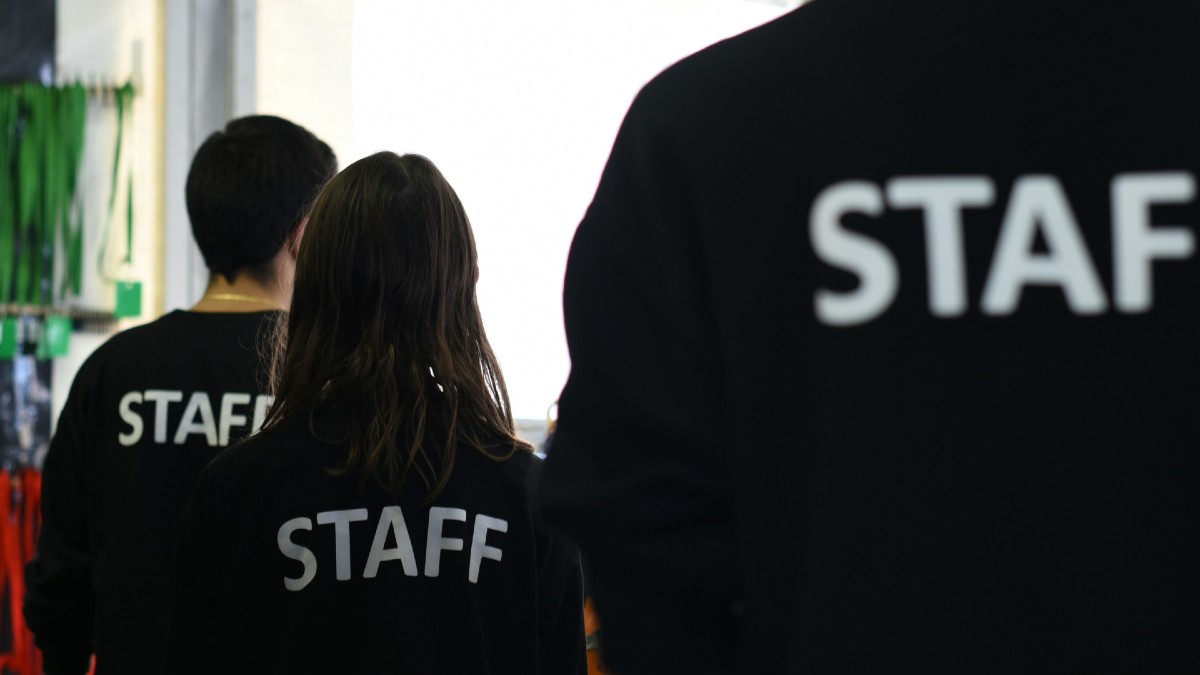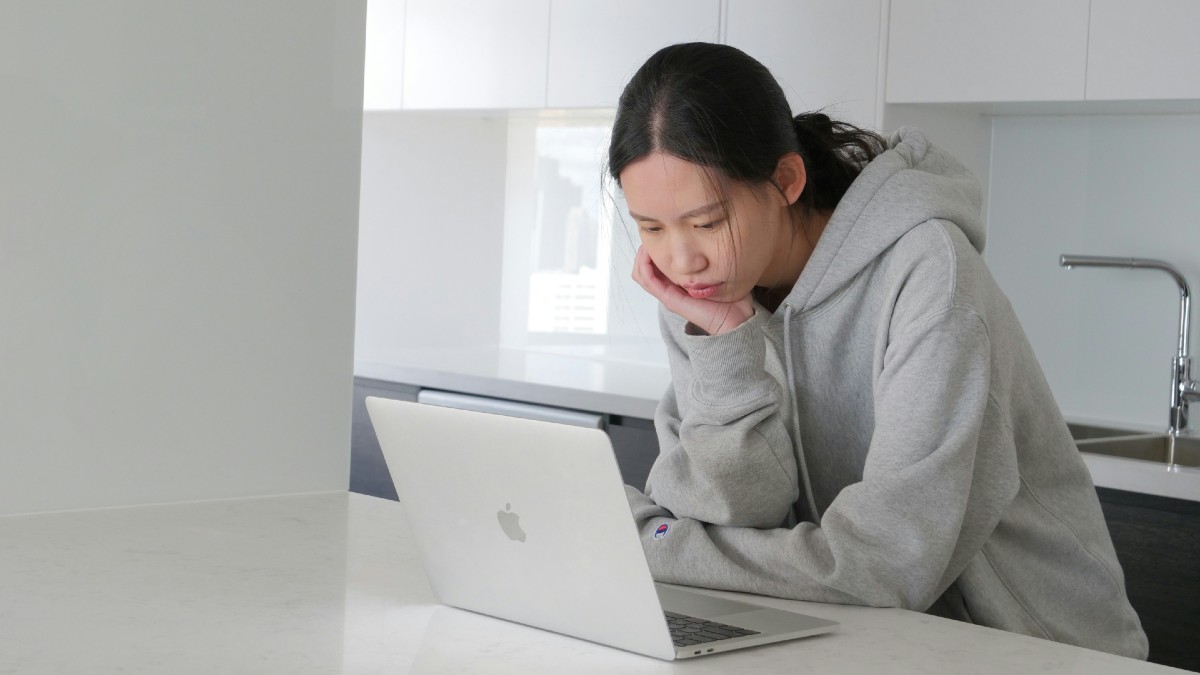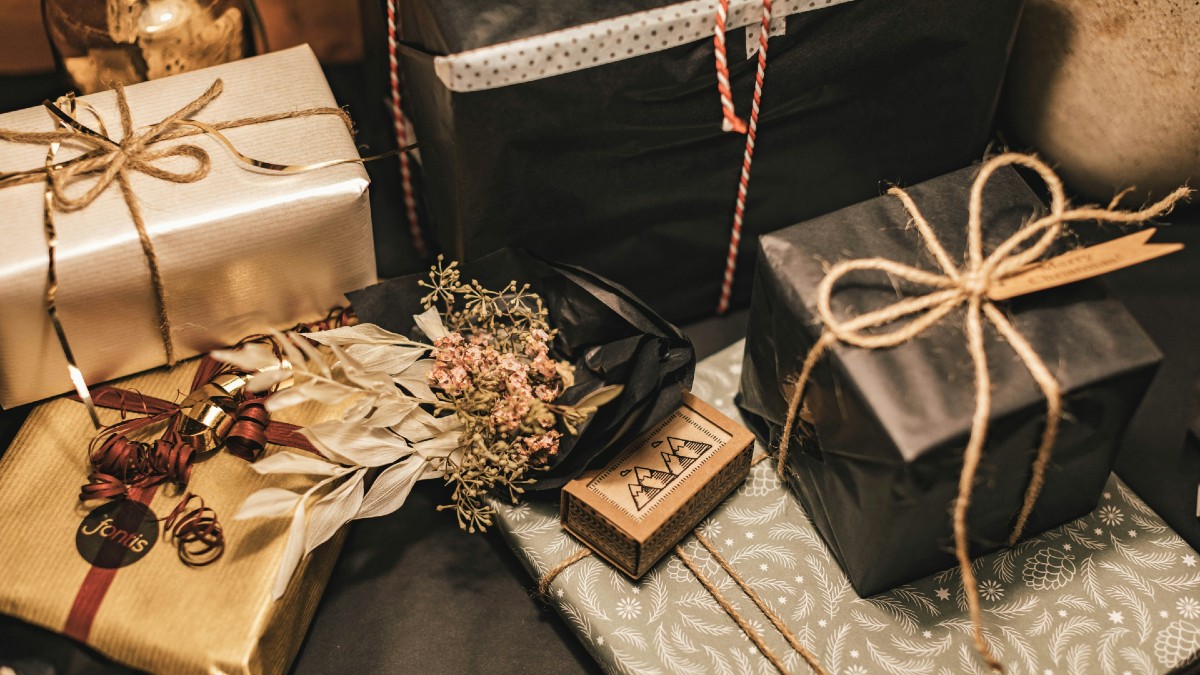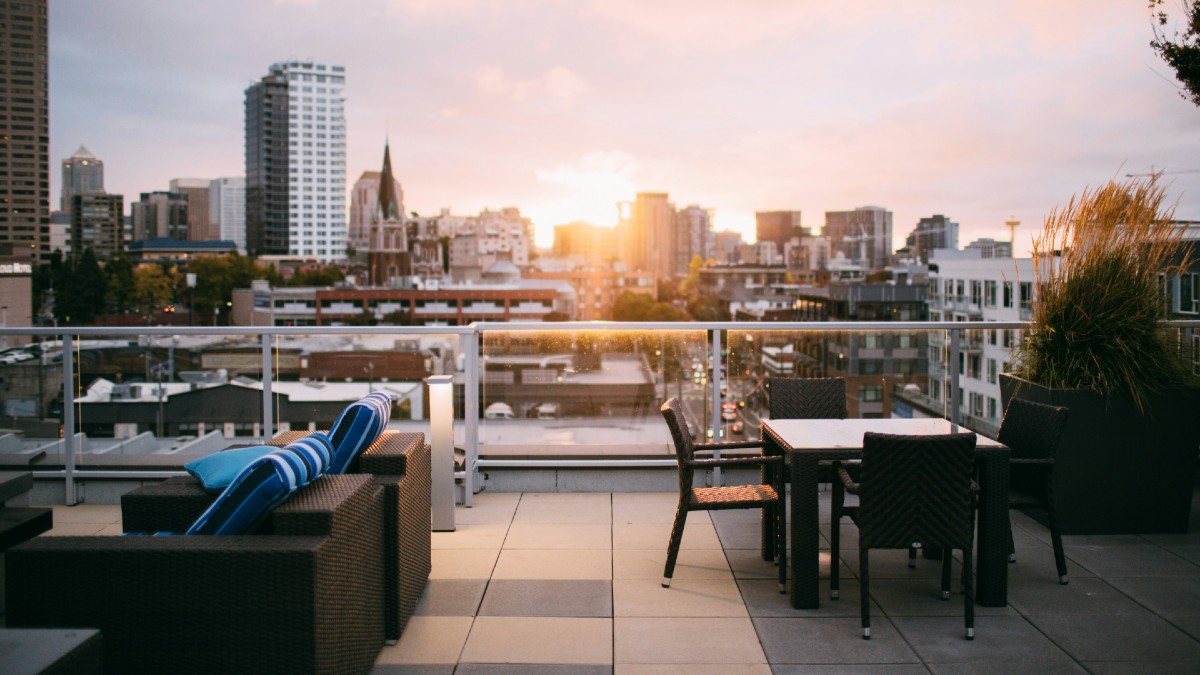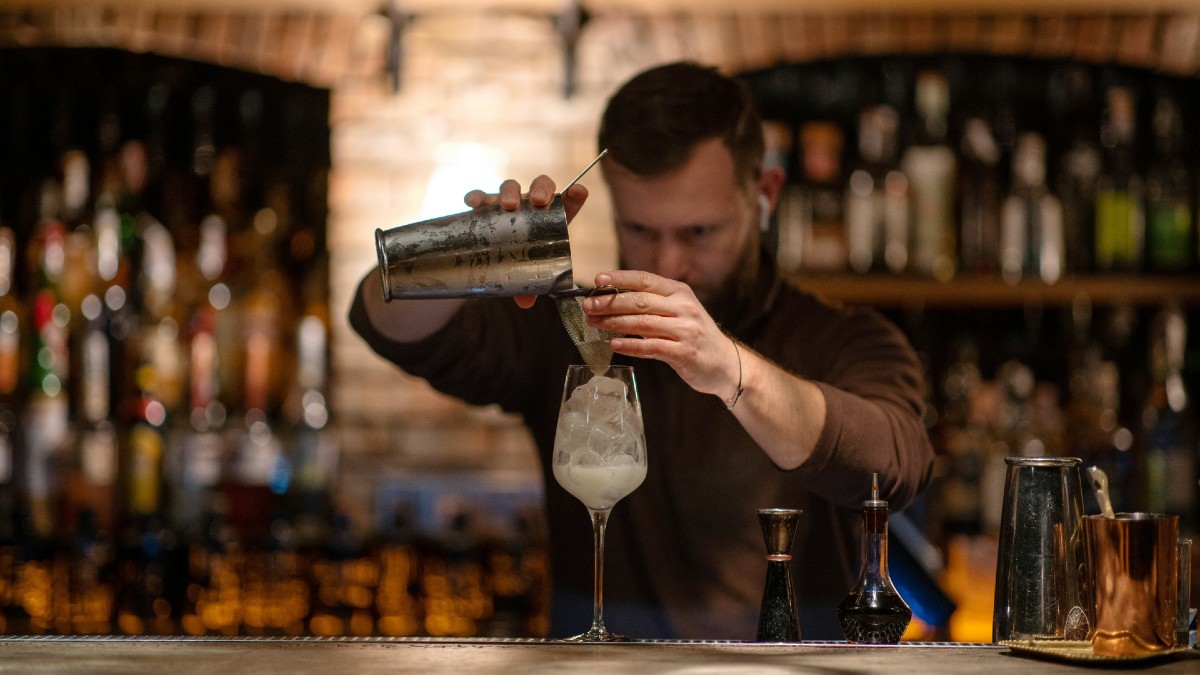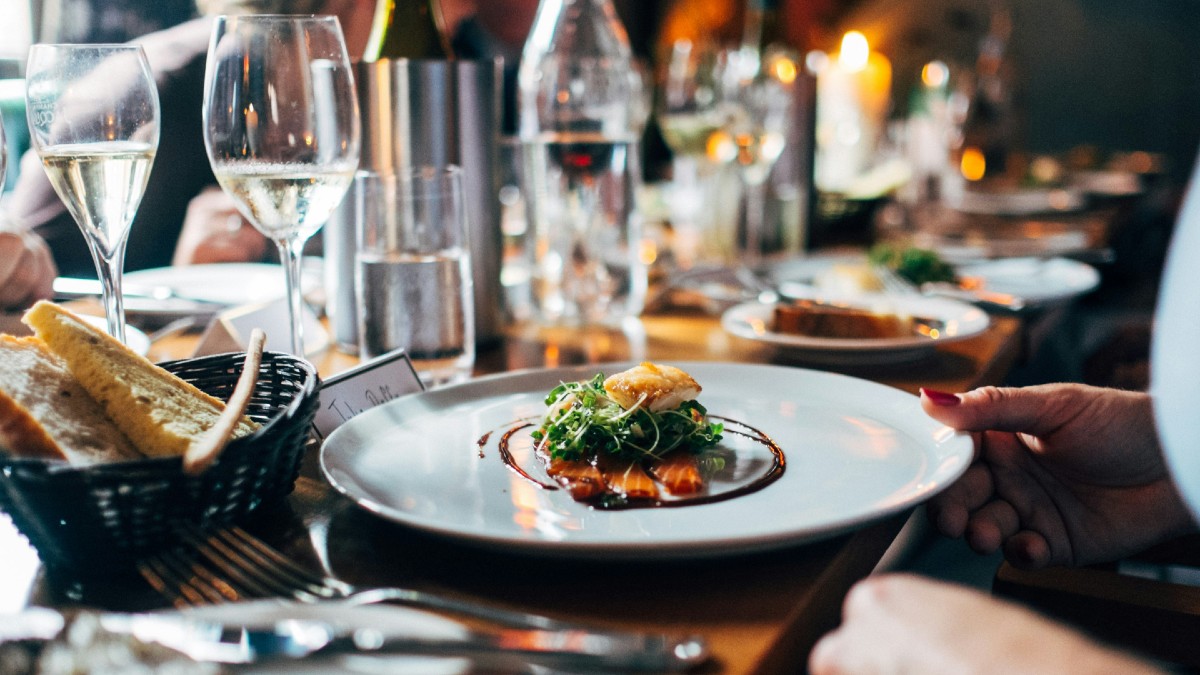
Written by: Cara Tirona
March 26, 2025
Planning an event is an intricate dance of details, and the venue setup plays a starring role in its success. From the flow of foot traffic to the ambience of the space, every element matters. Whether you're a seasoned event coordinator or new to the scene, these six essential tips will help you create an unforgettable experience.
1. Start with a Comprehensive Venue Setup Checklist
Before diving into the nitty-gritty details of your event, it's crucial to create a detailed checklist. A venue setup checklist serves as your roadmap, ensuring that nothing is overlooked. Here’s how to get started:
Identify Your Event Setup Essentials
Begin by outlining everything you'll need for the event, broken down into categories. This might include:
Seating Arrangements: Include tables, chairs, and any special seating requirements (like podiums or lounges).
Audio-Visual Equipment: Specify projectors, microphones, speakers, and screens. Consider the technical requirements for presentations or performances.
Decorations: List out decor elements, such as centrepieces, lighting, signage, and backdrops that match the event's theme.
Refreshments Area: Plan for food and beverage stations, including food displays, drink dispensers, and any necessary serving items.
Registration and Check-in: Designate space for registration desks or check-in tables, ensuring you have adequate signage and supplies like name tags.
Accessibility Considerations: Take note of wheelchair-accessible routes, seating arrangements, and restroom access to accommodate all guests.
Having a comprehensive list will help you visualise the overall flow of the venue and facilitate smoother implementation. This completeness sets the foundation for the subsequent details in your event planning process.
Coordinate with Venue Staff Early
Engage with the venue's staff well in advance. Their insights can be invaluable in understanding the space's capabilities and limitations. Early coordination allows for smooth execution and the opportunity to tap into any additional resources the venue might offer.
Confirm Technical Requirements
Technical glitches can derail an event. Confirm all technical needs, such as Wi-Fi bandwidth, power sources, and compatibility of AV equipment. Testing these elements beforehand is a key part of venue preparation tips.
Navigating Event Contracts: Essential Insights Before You Sign
2. Consider the Flow of Traffic
Understanding how guests will move through the event space is essential to ensuring that everyone has a positive experience. A well-planned traffic flow will enhance guest interaction, reduce congestion, and create an inviting atmosphere. Here are a few strategies to keep in mind:
Determine Traffic Flow
Identify entrances, exits, and pathways that guests will use. Place signage strategically to guide attendees smoothly to different areas, such as registration, seating, or refreshment stations. Ensure that the main pathways are wide enough to accommodate high foot traffic, especially during peak times.
Create Clear Zones
Designate distinct areas for various activities, such as mingling, dining, and sessions or performances. This separation helps manage crowd density and allows guests to navigate easily without feeling overwhelmed. For instance, if the event includes a presentation, ensure seating is arranged for a clear view, while also allocating space for networking.
Monitor Flow Dynamics
Consider arranging furniture and decor in a way that promotes movement rather than obstructs it. For example, placing tables along the periphery of the room rather than in the middle creates open lanes for guests to mingle and move. Additionally, be mindful of how long guests will likely linger in certain areas, such as food stations or seating.
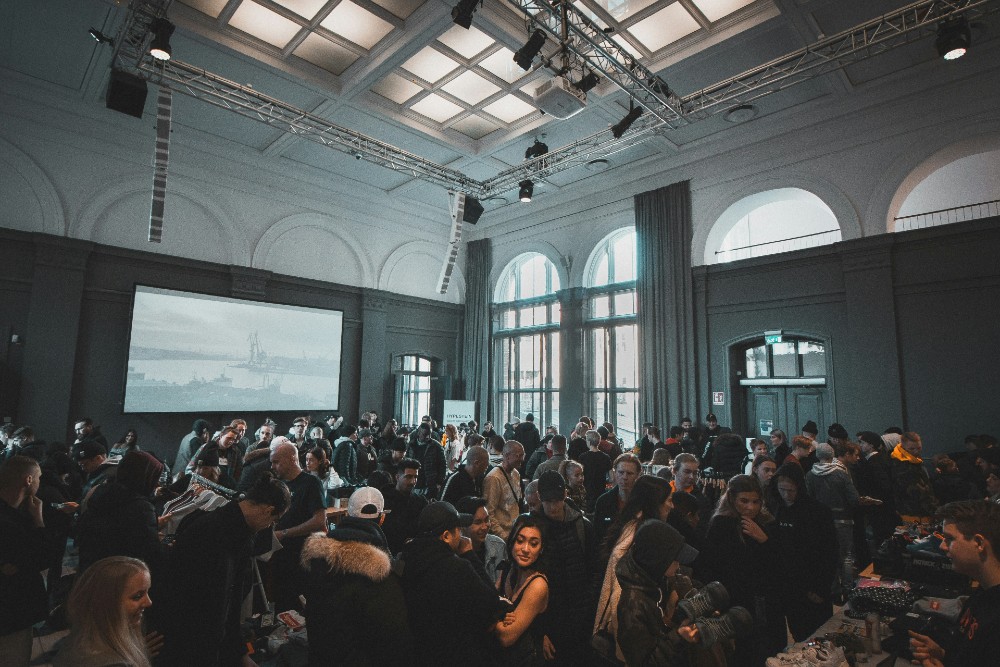
3. Implement Smart Venue Design Techniques
When designing your event space, innovative layout and decor choices can significantly enhance guest engagement and overall experience. Here are some smart techniques to consider:
Use Multi-Functional Furniture
Multi-functional furniture can revolutionise your venue setup by maximising space and versatility. By incorporating pieces that can be easily transformed or adapted, you not only save on space but also create a dynamic environment that can change with the needs of the event.
Leverage Lighting Strategically
Lighting can significantly impact the overall ambience of your event. By using various light sources, you can create different moods and highlight specific areas. For instance, soft lighting over dining spaces fosters a warm, inviting atmosphere, while brighter lights in presentation areas can enhance visibility. Consider using adjustable lighting to easily transition the setting from day events to evening gatherings, ensuring your setup complements the agenda.
Use Furniture Wisely
The choice and arrangement of furniture can dramatically influence the overall flow and comfort of your event. Opt for flexible seating arrangements, such as movable chairs and tables that can be easily reconfigured as needed. Consider using lounge furniture or high tables to create a relaxed environment for informal networking and mingling. When utilising furniture, make sure each piece aligns with the theme of the event and serves a practical purpose.
Incorporate Technology
In today's tech-driven world, incorporating audiovisual elements can elevate your event. Consider the strategic placement of screens and sound systems to ensure that all guests can see and hear important presentations without difficulty. Wi-Fi connectivity should also be a priority, making it easier for guests to engage with interactive elements, share experiences on social media, or access event apps.
Utilise Colour Schemes
The use of colour in your venue setup can play a pivotal role in setting the mood and enhancing the overall theme of your event. Carefully selecting a colour palette that aligns with your event's objectives will not only create visual coherence but also evoke certain emotions among your guests.
Choose a Cohesive Palette
Select a colour scheme that complements your brand or the theme of your event. This can range from sophisticated and minimalistic monochromes to vibrant and dynamic palettes. Ensure that the colours work well together, and consider using shades and tones that resonate with the atmosphere you want to create. For example, soft pastels can promote calmness and serenity, while bold colours like reds and oranges can create excitement and energy.
Use Color to Guide Flow
Strategic use of colour can help guide guests through the venue. For instance, you can designate specific areas with different colours to represent various activities or themes—using one colour for the lounge, another for dining, and yet another for presentation areas. This approach not only enhances navigation but also subconsciously encourages guests to explore different parts of the venue.
Incorporate Colors in Decor
Leverage your colour scheme through various decor elements. Table linens, table centrepieces, floral arrangements, and lighting can all be designed to reflect your selected palette.
Accent with Accessories
In addition to larger decor elements, you can also use smaller accessories to reinforce your colour scheme. Items such as name tags, signage, and promotional materials should incorporate your chosen colours for consistency. Remember that cohesive branding creates a more impactful visual experience and helps to reinforce your event’s message.
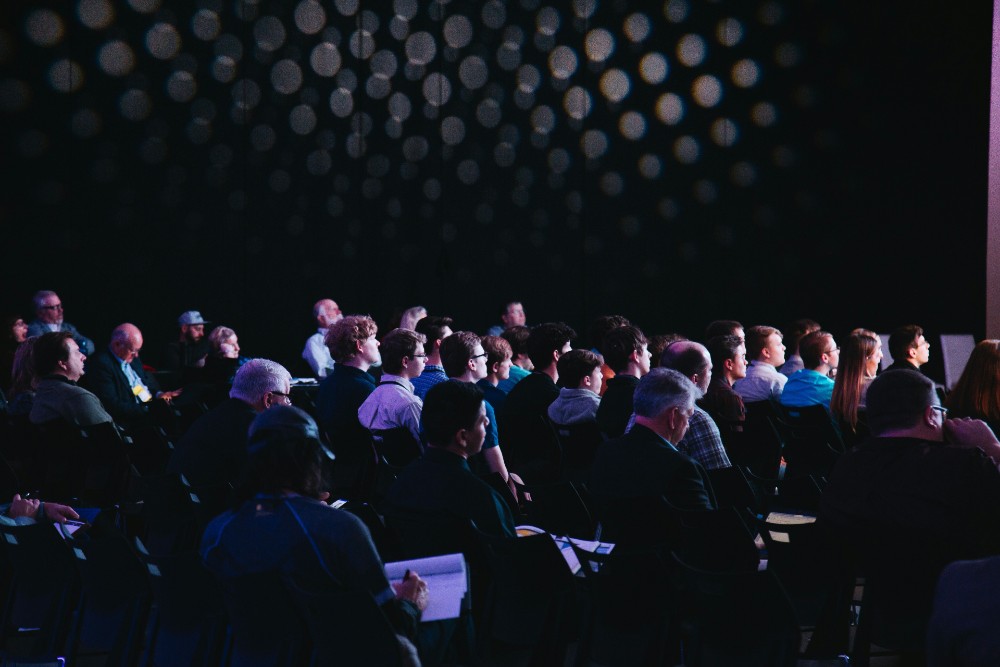
4. Maximise Event Space with Creative Solutions
In any event, the effective use of space can make a difference in guest experience and overall flow. Here are some innovative strategies to maximise your venue layout and ensure that every area serves a purpose:
Use Vertical Space
Consider employing tall decor elements such as banners, foliage, or artistic installations that draw the eye upward. This not only enhances the visual appeal of the space but also makes it feel larger and more open. Utilise the ceiling to suspend decorative pieces, such as lights or fabric drapery, to create an immersive atmosphere. For instance, a well-placed chandelier or a ceiling drape can serve as a stunning visual centrepiece while also effectively utilising height.
Flexible Furniture Choices
Opt for modular furniture that can be reconfigured as needed. This flexibility allows you to adjust setups for different segments of the event seamlessly. This adaptability is especially beneficial for events that feature multiple activities or require quick transitions, such as conferences, galas, or even social gatherings.
Outdoor Space Utilisation
If available, outdoor areas can enhance the event experience. They provide a change of scenery and can be ideal for receptions, breakout sessions, or relaxation zones. Integrating outdoor spaces into your venue setup can add a refreshing element to your event.

5. Prepare Thoroughly with Venue Preparation Tips
Now that you have the foundational elements in place, thorough preparation is key to ensuring a smooth and successful event. Below are some essential tips to help you maximise the efficiency of your venue preparation:
Conduct a Pre-Event Walkthrough
Before the event day, always schedule a comprehensive walkthrough of the venue. This step is crucial to familiarise yourself with the layout, noting any potential challenges, and confirming that the venue meets all your requirements. During the walkthrough, pay special attention to key areas, such as entrances, exits, restrooms, and any emergency procedures. This preparation ensures a smoother experience for both you and your guests by reducing the likelihood of issues arising on the day of the event.
Test All Equipment
A thorough examination of all technical and AV equipment is essential for a successful event. During the walkthrough, allocate time to test microphones, projectors, sound systems, and lighting. It's vital to ensure that everything is functioning correctly, as technical difficulties can disrupt the flow of an event and affect attendee engagement:
Audio Equipment Checks:
- Test the sound levels and clarity from various spots in the venue. Make sure that the audio is audible without being overwhelming.
- Check for compatibility issues with devices, especially if speakers or presenters are bringing their own equipment.
Visual Setup Verification:
- Ensure that screens and projectors display images or presentations clearly. Test graphics and videos under different lighting conditions to assess visibility.
- Verify that all cables and connections are secure and in good condition. This minimises the risk of technical problems during the event.
Lighting Control Tests:
- Validate that all lighting fixtures function well and are positioned correctly to create the desired ambience. Adjust levels of brightness for different areas, such as stages, dining, or networking zones, to suit the event's atmosphere.
- If incorporating special lighting effects such as gobo projections or spotlights, conduct a trial run to ensure they operate as intended. Evaluate how these effects interact with the existing ambient lighting in the venue. Adjustments may be necessary to achieve a cohesive visual theme.
Internet Connectivity Assessment:
- Check the availability and strength of the venue's Wi-Fi network, especially if presentations or live streaming will require internet access. Run speed tests at various points in the venue to identify any weak signal areas that could hinder connectivity for guests or speakers.
- If the event involves any interactive components, such as audience polling or live voting, confirm that reliable internet access is available throughout the venue.
Backup Equipment Preparation:
- Prepare for unexpected failures by having backup equipment readily available. This could include extra microphones, speakers, projectors, and cables. Keep a toolkit on hand with essential tools for quick fixes during the event.
- Ensure that all event staff are familiar with the backup equipment and can set it up and operate it if necessary. This quick response can help mitigate issues without causing significant delays.
Plan for Contingencies
Prepare for the unexpected. Whether it's a sudden change in weather or a technical failure, having a backup plan is a hallmark of effective event setup techniques. Here are some key strategies to ensure that you're ready for whatever might come your way:
Weather Considerations
If your event is outdoors, keep a close eye on the forecast in the weeks leading up to the date. Consider arranging for a tent or an indoor space as a backup option. If inclement weather is a possibility, ensure that everyone knows where to go. Providing clear signage and instructions on the day of the event can significantly alleviate confusion.
Technical Failures
Audio-visual equipment is crucial in many events, and the last thing you want is a glitch during a keynote speech or performance. Have a tech support team on standby to troubleshoot any issues that may arise. Additionally, having spare equipment such as microphones, projectors, and batteries can save the day. Conduct a thorough technical rehearsal prior to the event to pinpoint potential problems ahead of time.
Avoid These Common Mistakes When Planning an Event
Seating Arrangements
Changes in your guest list can often occur right up to the event start time. It's wise to set up flexible seating arrangements that can accommodate any last-minute additions or alterations. Consider using movable furniture or modular seating options that allow for quick reconfigurations.
Plan for Different Types of Attendees
Think about the different types of guests attending the event—VIPs, speakers, press, and general attendees may require different seating arrangements. Ensure that there are designated areas that cater to these groups, allowing for easier access to the stage or main activities while still maintaining a cohesive atmosphere.

6. Develop Efficient Venue Arrangement Strategies
Lastly, the arrangement of your venue plays a crucial role in the overall success of your event. A well-thought-out layout can enhance guest experiences, optimise flow, and ensure that all necessary activities are conveniently accessible. Here are some strategies to help you arrange the venue effectively:
Consider Flow and Movement
An efficient venue arrangement not only involves seating but also considers the flow and movement of your guests. Create a logical progression through the space to enhance the attendee experience. Here are some strategies to facilitate smooth movement:
Entry and Exit Points
Designate clear entrance and exit points to avoid congestion. When guests arrive, they should have a straightforward path to their seats. If there are any special announcements or directions, consider using an area near the entrance to communicate important information without blocking access.
Create Pathways
Use furniture and decor to guide guests through the venue. Consider subtle barriers like plants or furniture layouts that direct foot traffic without feeling obstructive. This setup can also enhance networking opportunities by encouraging guests to mingle in designated areas.
Zoning for Activities
If your event includes multiple activities or areas (like breakout sessions, networking zones, and food stations), it’s essential to zone the venue effectively. Clearly marked zones with distinct purposes help attendees quickly find what they need. Ensure signs are visible, and consider a layout that makes it easy for guests to transition between zones without confusion.
A Guide to Maximising Small Venues and Space-Saving Solutions
Keep Accessibility in Mind
Inclusivity is a critical aspect of event planning. Always consider accessibility in your venue arrangement to ensure all attendees feel welcome and can fully participate in the event. This includes ramps, elevators, accessible restrooms, and considerate layout planning.
Signage and Wayfinding
Effective signage guides guests effortlessly through the event. It reduces confusion and helps maintain the event's flow. Beyond merely pointing the way to exits and restrooms, signage adds an informative and aesthetic layer to your setup.
Conclusion
Mastering these event venue setup tips elevates the quality of your events, ensuring they run smoothly and leave a lasting impression on attendees. Attention to detail, creative planning, and adaptability are your allies in crafting unforgettable experiences.
Finding the perfect venue is the cornerstone of a successful event. With tools that let you search by location, capacity, and specific amenities, VenueNow simplifies this process. Start planning your next event with confidence and ease—your ideal venue is just a few clicks away.
Looking for an event venue to hire?
VenueNow has you covered with over 2,000 venues across Australia ranging from large event spaces to small meeting rooms. Find your perfect venue for hire faster than anywhere else.
Follow us on social media to stay up to date with the latest news
Customers
Want to get in contact?
Call our support team on 1300 647 488 during business hours AEST.
© Copyright VenueNow 2025 | SPARE GROUP PTY LTD | ABN 22 607 830 302



